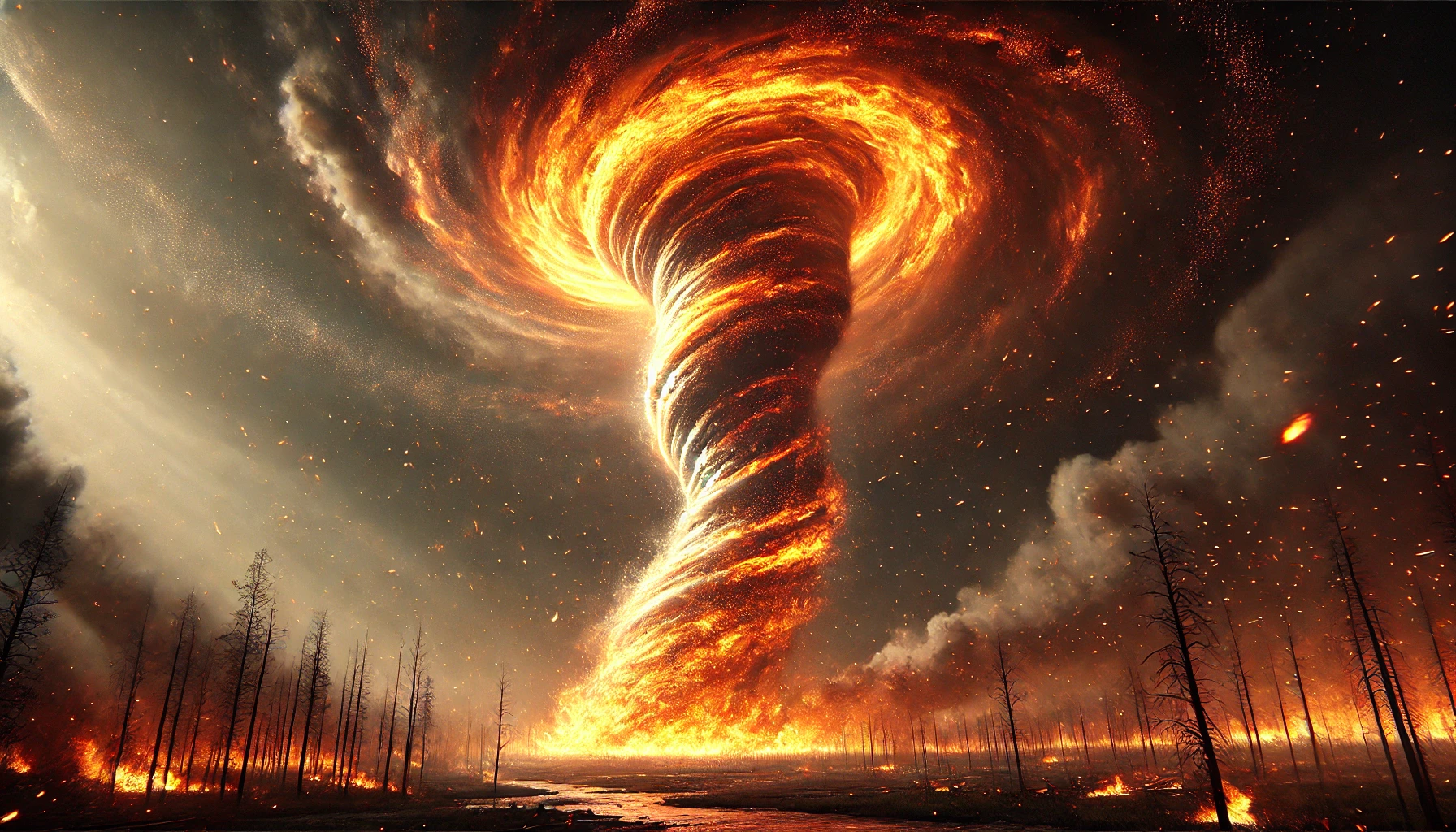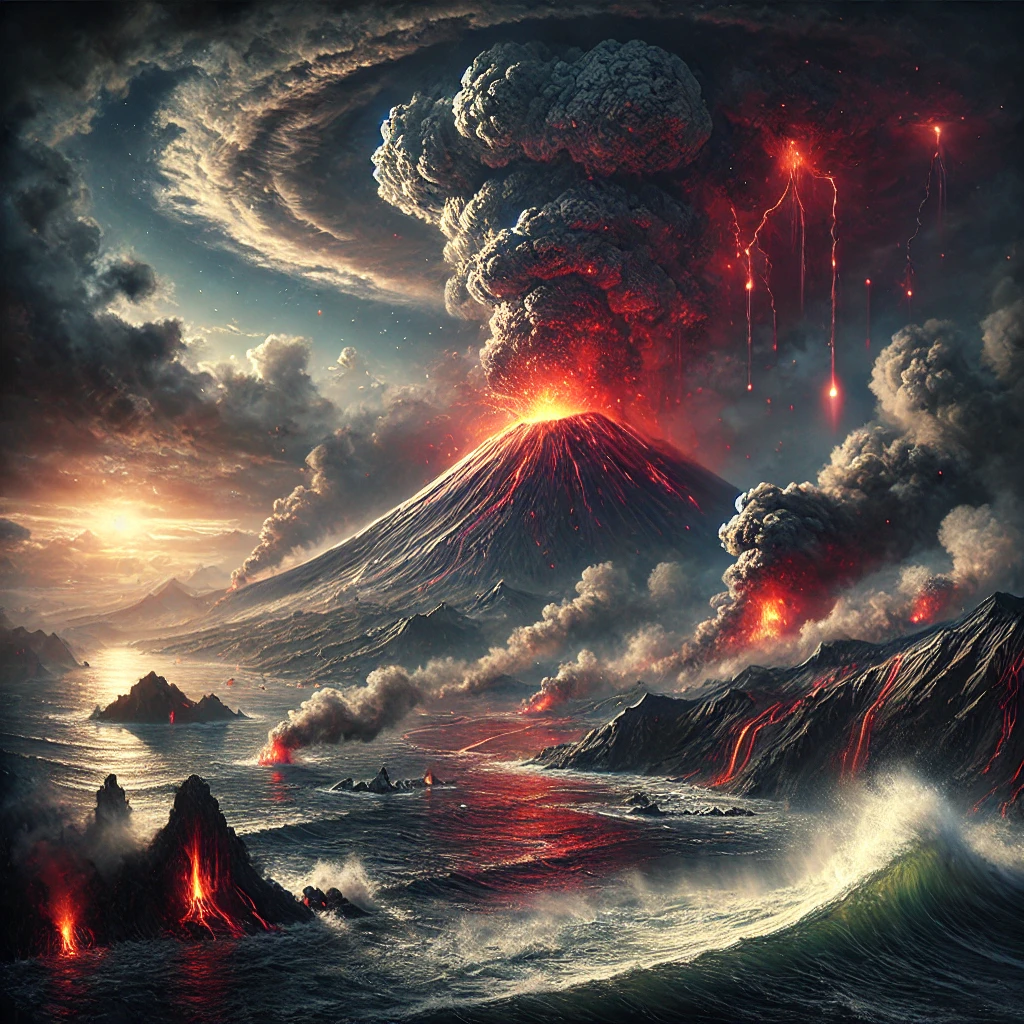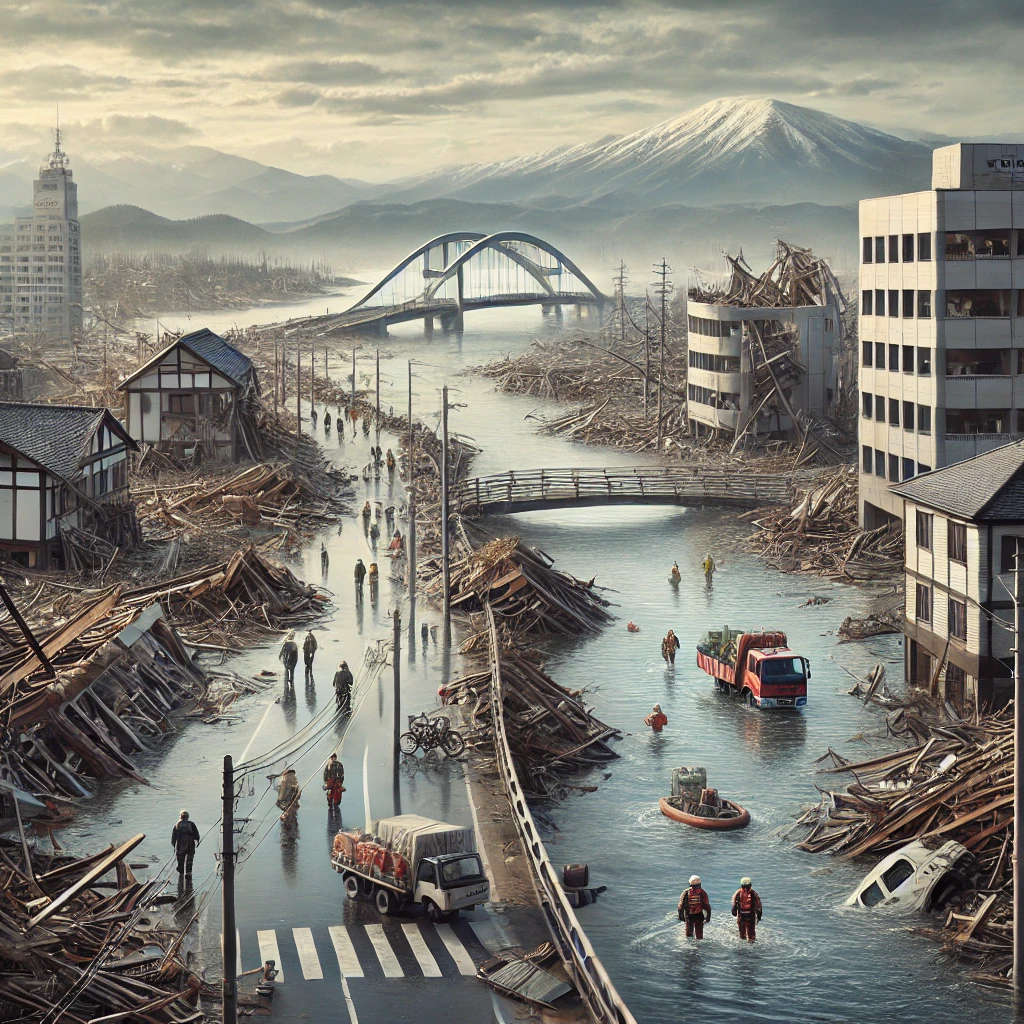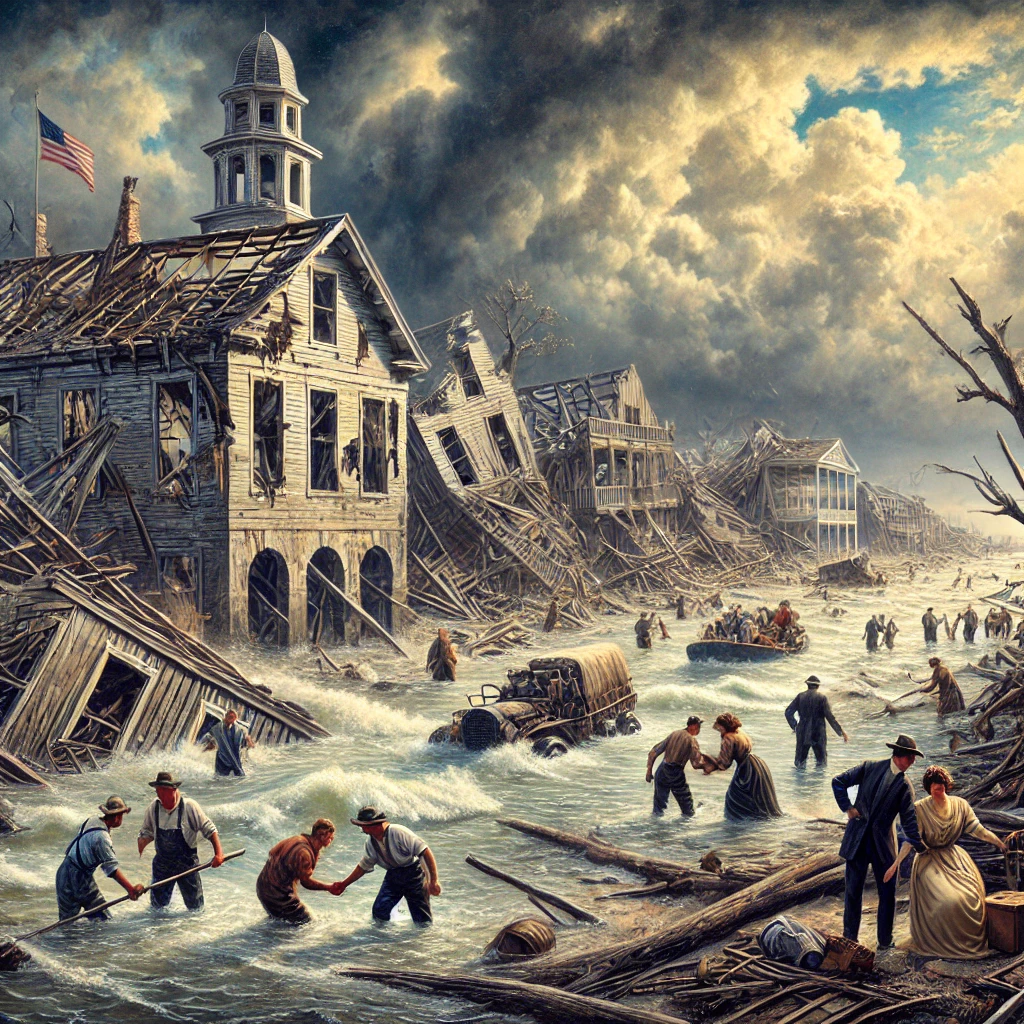Tornadoes of Fire: How Fire Whirls Are Formed and Why They’re So Dangerous
Introduction Fire tornadoes, also known as fire whirls, are one of nature’s most terrifying phenomena. These swirling infernos can cause widespread destruction, intensifying wildfires and posing a significant threat to firefighters and communities. But how exactly are fire tornadoes formed, and why are they so dangerous? Let’s explore the science behind these blazing vortices and … Read more




